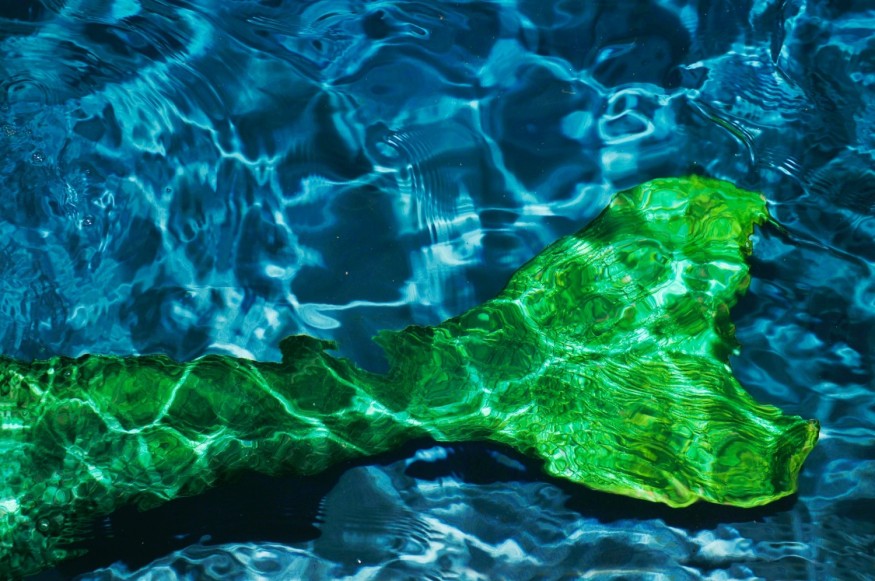Mermaids have long been a stuff of legends and folklore which appear to be in the form of a hybrid human-animal creature, with the head and torso of a woman and the tail of a fish. Popularized in stories, literature, and entertainment, such as "The Little Mermaid" franchise, the mythical creature has been nothing but a fairy tale that dates to ancient human civilization thousands of years ago.
In modern times, there were multiple sightings of 'alleged mermaids' but there has been no scientific evidence that is strong enough to prove the existence of the legendary creature. This week, a mysterious marine creature that washed into the shore of Papua New Guinea is making the headlines as its decaying remains appear to be like a mermaid.
However, experts are still divided as to the truth behind its identity, which is likely to be a marine mammal.
Papua New Guinea Mermaid Mystery

Locals in Simberi Island, Papua New Guinea, were reportedly shocked by the appearance of a rotting mermaid-shaped 'globster' that washed up the shore of the small volcanic island within the Bismarck Sea. The mermaid mystery surrounding the unusual event is even aggravated by the fact that, in addition to its decomposing state, some of its body parts are missing.
Simberi Island is part of the Tabar Group, in the Oceanic country's New Ireland Province. Being in the middle of the southwestern Pacific Ocean, it may be no surprise that different fish species and marine mammals could get stranded along the Papua New Guinea coasts. Still, experts are still confused of the unidentified organic mass that washed ashore.
Several reports describe the mysterious marine creature as a "mermaid globster" as the exact origins of the unnamed organic mass remain unknown. First discovered on September 20, Simberi Island residents spotted the white-colored decaying matter. Some of the challenges surrounding the bizarre sea corpse were also due to the fact that no necropsy operation was conducted, as well as DNA testing.
Mermaid Mythology
One of the earliest literary mentions of mermaid mythology dates back around 1000 BC in ancient Syria, whose inhabitants believe that the goddess Atargatis dove into a lake and transformed into the form of a fish. The gods, giving importance to Atargatis' beauty, only allowed her bottom half to become a fish.
In the past, archaeologists have found evidence of ancient Syrians worshipping the goddess from coins, statues, and temples. In addition, a male fish god by the name of Oannes was also found to be worshipped by people in Mesopotamian mythology more than 5,000 years ago.
Yet in modern times, the advancement of technology, taxonomic databases, and DNA testing has revealed that marine mammals are known manatees were often mistaken as mermaids. The manatee (Trichechus), sometimes called sea cows, has been linked several times with false mermaid sightings, according to the Smithsonian Institution.
© 2025 NatureWorldNews.com All rights reserved. Do not reproduce without permission.





